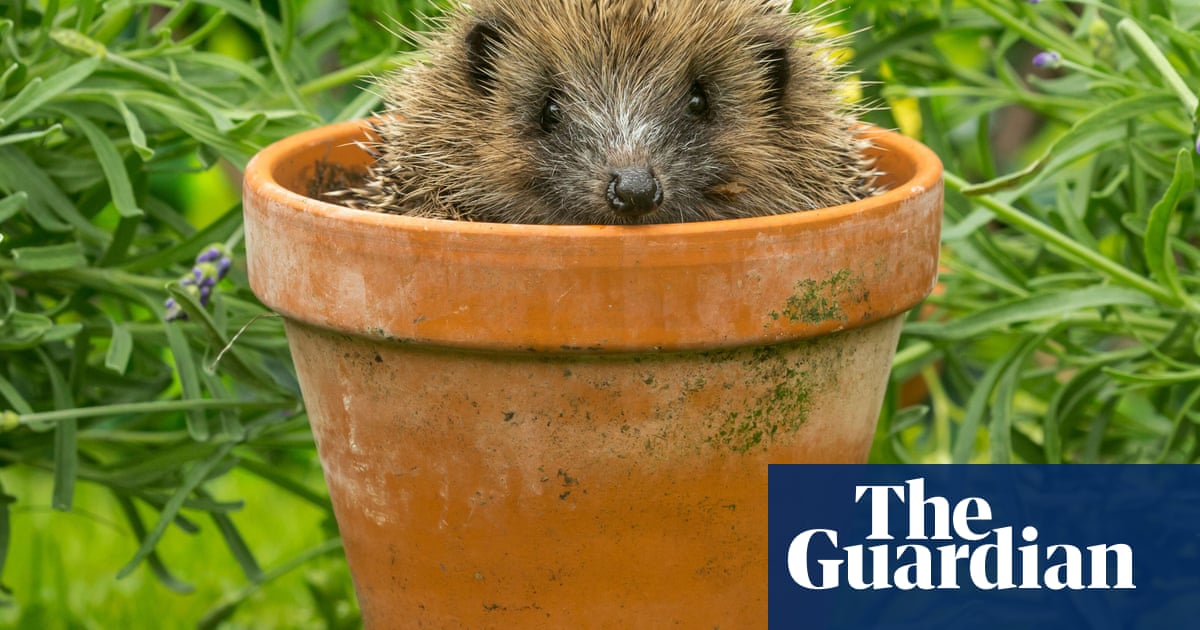When newts go a-wooing, sometime in the spring, their signature move is the handstand. Girl newts cluster round to watch, while the boy newts flip on to their creepily human hands and shake their tails in the air. The waggiest newt is the winner, although the actual act of love is a strictly no-contact sport. The male deposits a packet of sperm on an underwater leaf for the female to collect and insert into her own reproductive tract. The whole business is best thought of, says Karen R Jones, as a “sexually charged game of pass-the-parcel”.
This kind of anthropomorphising often strikes naturalists as unscientific or even downright distasteful. But Jones is an environmental historian and her methodology allows, indeed impels, her to start from the principle that Britain’s human and animal populations are culturally entwined. Consequently, we cannot “see” a fox, hedgehog or newt without bringing to it a rich stew of presumptions and fantasy, drawn from childhood picturebooks, out-of-date encyclopedias and, in my case, the 1970s TV classic Tales of the Riverbank, in which small critters say funny things in the West Country burr of .
This pre-knowing can have a radical impact on the chances of a particular species flourishing or going under. Take hedgehogs, which, Jones tells us in this beautifully written book, have been in Britain for the last 15m years. They witnessed the extinction of the woolly mammoth and saw the first humans arrive in Europe. It was at this point that they started to pick up a reputation for general malevolence. Bandit-like, hedgehogs were reputed to sneak into human settlements at night and steal poultry eggs (true) and suck the udders of sleeping cows (almost certainly false). Their ability to munch on toxic toads without getting sick (true) and willingness to ferry any witch who had lost her broomstick (surely very uncomfortable) confirmed that hedgehogs had gone over to the dark side. No wonder that killing them counted as a public service: the records of one Cheshire village show 8,585 hedgehogs destroyed over a 35-year period in the late 1600s.
How different from today, when the hedgehog routinely tops those “Britain’s favourite animal” polls. Now we build shelters for them in our gardens and worry about how they will fare when crossing the road. This radical shift of opinion, says Jones, can be traced back to one hugely popular book, Beatrix Potter’s The Tale of Mrs Tiggy-Winkle. Mrs Tiggy-Winkle is an industrious washerwoman who keeps her neighbours, including Peter Rabbit and his signature blue coat, spick and span. The influence of Potter’s 1905 classic has been so enduring that, when a charity was set up in 1983 to care for injured hedgehogs, it was obvious what its name should be. These days, Tiggywinkles is the largest wildlife hospital in the world.
Beastly Britain is full of stories like this, which take an everyday animal – newt, hedgehog, pigeon, sheep, flea – and map out both its physical life (a matter of burrows, breeding cycles and flight paths) as well as its cultural traces, which concern legend, loathing and desire. Often these two kinds of knowing collide in startling ways. Take sheep, which are mostly seen as “white noise in the countryside”, bland and bleating and only good for counting yourself to sleep. In fact, Jones reveals, they are crackingly clever, able to recognise the faces of up to 50 of their sheep-friends, not to mention their human guardians.
The revelations keep on coming. For instance, that we are still living among dinosaurs. The next time a pigeon swoops down to steal a chip, take a close look at its scaly, reptilian feet. They are the legacy of the Archaeopteryx, a winged dinosaur the size of a raven, with a bony tail, flight feathers and an ability to glide over short distances. Less persuasive, though even more intriguing, is the possibility that a pod of plesiosaurs still bobs off the Devon and Cornwall coast. How else to account for the string of sightings of a giant grey sea snake, with a long neck, snakey head and vicious tusks? The rational part of us knows that this sea monster is likely to be a basking shark or a giant piece of flotsam. Our dreaming part longs for it to be a remnant from ancient times, what Jones calls a “proximate peculiar”, that refuses to quite come into view.
Beastly Britain by Karen R Jones is published by Yale (£20). To support the Guardian, order your copy atguardianbookshop.com. Delivery charges may apply.
